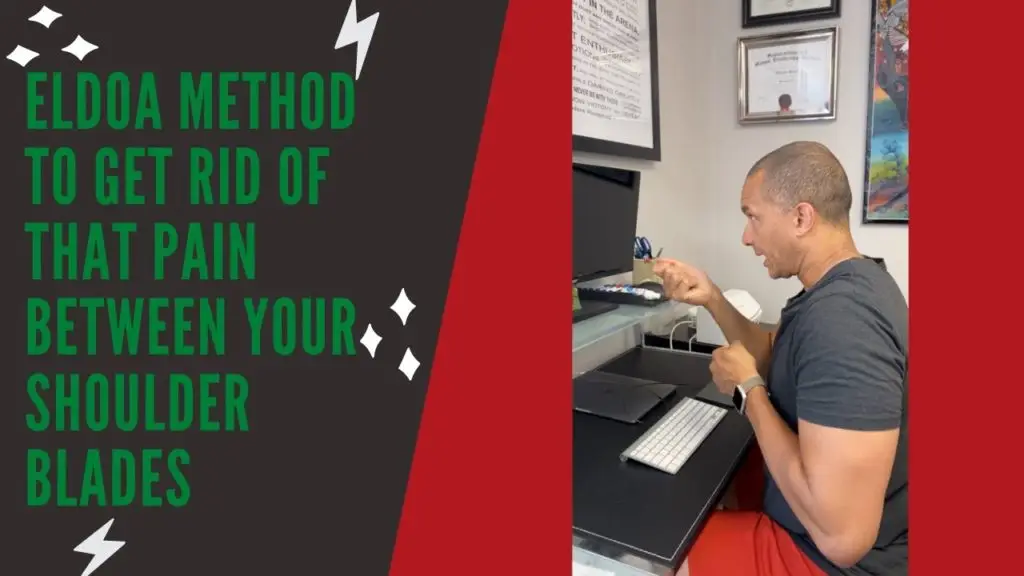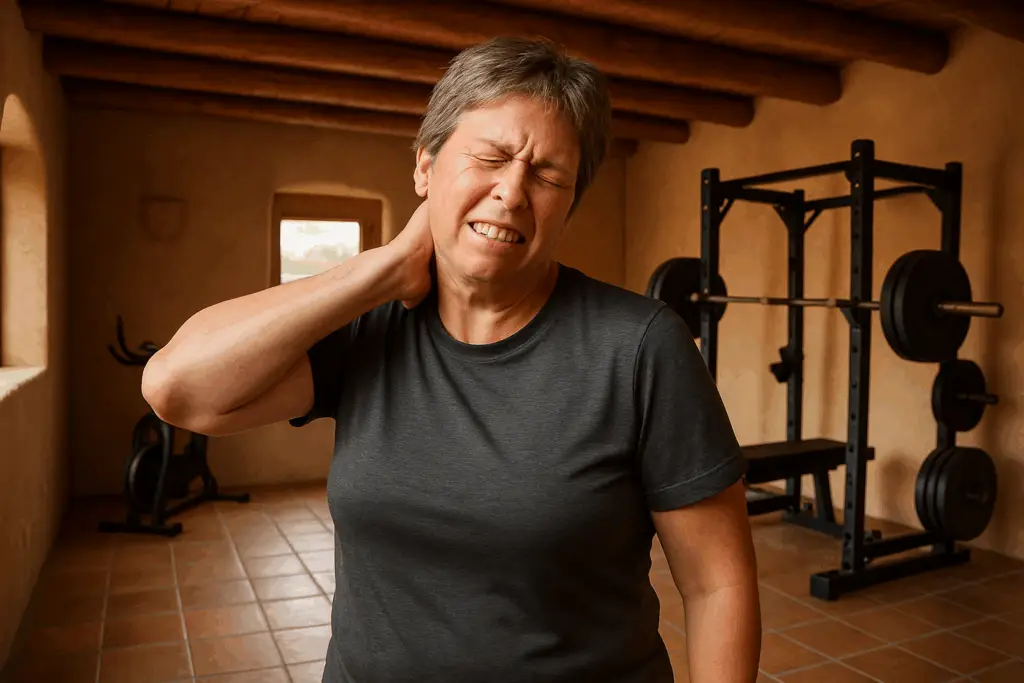Back in my college football days, I dealt with some seriously bad shoulders. Like most people, I went through the usual routine: physical therapy, a pile of standard exercises, and following every recommendation I got. I stuck with it for quite a while long enough to make some progress, but not enough to truly get my shoulders working right again.
Here’s what I wish I’d known earlier: The routine exercises everyone gives you are missing a critical piece. My PT kept having me do internal and external rotations to “fix” the issue, and while that got me part of the way, it didn’t restore full function. I could move my shoulders, but not comfortably or effectively for everyday life.
What most people—and a lot of professionals—forget is that real shoulder health doesn’t just come down to those basic moves. The core of the problem is almost always related to posture and the position of your shoulder blades and head. If your posture means your shoulders round forward, you can’t move your arms the way you need to. Your head drifts forward, your back stops supporting you, and your movements get limited.
The real solution? You have to build up the muscles between your shoulder blades like your rhomboids and lower trapezius to keep your shoulders pulled back and in proper position. Only then can you actually restore full, healthy movement.
Those standard exercises help a bit, but for real results, you have to target the right muscles. That means getting on the ground, learning the biomechanics of the scapula, and making sure your arms and back work together the way nature intended. When you get this right, you’ll instantly feel the difference: more freedom, more range, less pain.
If you’re ready to skip the years of trial and error and get right to the heart of healthy, pain-free shoulder movement, make sure you check out [Segmental Muscle Strengthening] for a step-by-step approach.
it’s not just working out, it’s building a foundation for a better life.
Find out more @


